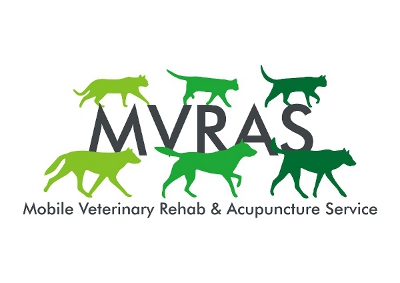
MVRAS information
Hip dysplasia
Hip dysplasia is an inherited disease that affects mainly large and medium breeds of dogs and some cats. It is a disease that affects the hip joint which is a ball and socket joint. Hip dysplasia causes a malformation of this joint where the hip bone is out of the socket to a greater or lesser degree. This malformation can cause the hip bones to wear down the cartilage within the hip joint abnormally. This can cause painful osteoarthritis as the dog or cat grows.Hip dysplasia may be diagnosed in young animals between four to twelve months old and in dogs older than a year and a half. Many dogs with inherited hip dysplasia will be pain free throughout life while others go on to develop the painful clinical effects of the disease. Environmental factors including rate of growth during puppyhood, maintaining a optimal level of exercise and maintaining a healthy weight during life play a large role in whether the disease will develop and cause problems.
Dogs can be evaluated for hip dysplasia as young as 16 weeks of age using the University of Pennsylvania Hip Improvement Program (Penn HIP) system or at two years of age with the Orthopedic Foundation of America (OFA) radiographic diagnosis system. These two methods of diagnosis are often used by breeders who want to help stop this disease from being passed on to offspring of diseased animals.
Physical rehabilitation can help with recovery of pets who undergo surgical correction of this problem during puppy hood or later in life. Physical rehabilitation and acupuncture can help those pets that are suffering from the effects of hip dysplasia at any age.
Pet Health Matters
contact:
drkelly@mvras.com All rights reserved © 2010-2023.